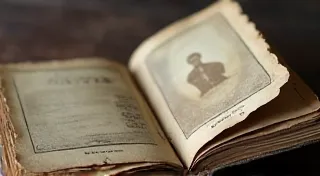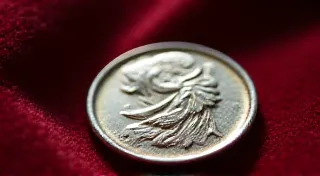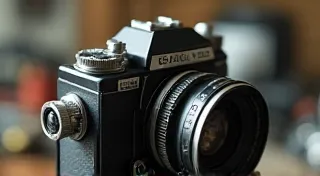The Still Life of Absence: Echoes of the Photographer in Discarded Equipment
They sit on shelves, in dusty boxes, or languish in estate sales: antique film cameras. More than just metal and glass, they are silent sentinels, each a poignant fragment of a past saturated with creativity and purpose. We often discuss the technical aspects of camera repair and restoration, the meticulous cleaning of gears and the replacement of leatherette. But what about the stories these cameras hold? What about the lingering presence of the hands that once held them, the eyes that peered through their viewfinders, framing a world now softened by memory?
Consider a Box Brownie, for instance. Manufactured by Kodak from 1900 to 1935, it democratized photography, bringing the joy of capturing memories into the hands of ordinary people. Imagine the families, the picnics, the first tentative steps into a world of self-portraiture. Each print, a tangible link to a moment lived, now often lost. These cameras, once vibrant and essential, are frequently found discarded, their purpose seemingly fulfilled, their stories seemingly forgotten.
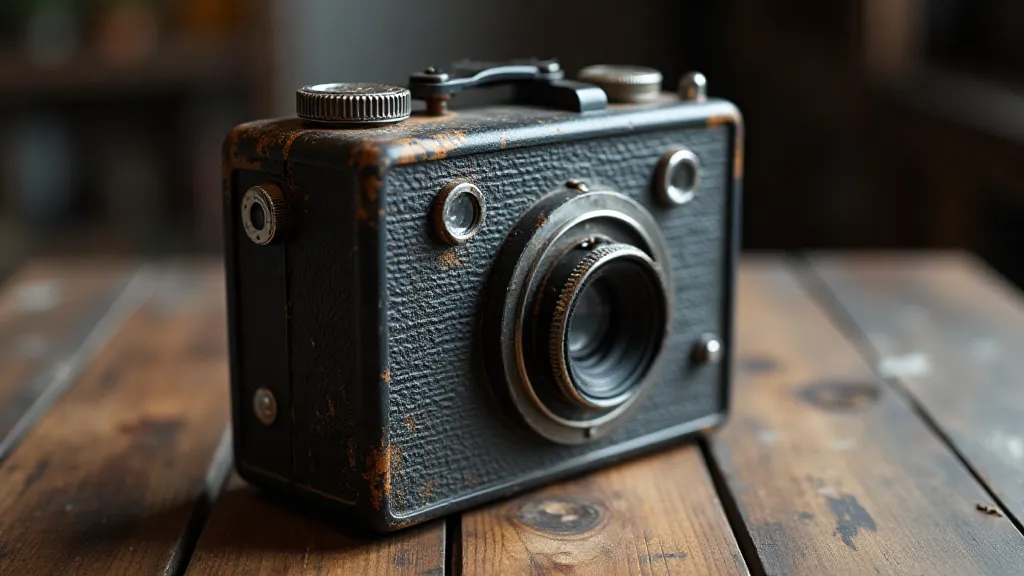
The Craftsmanship of a Bygone Era
The sheer craftsmanship that went into manufacturing these cameras is often overlooked in our age of mass-produced, disposable technology. A Leica IIIa, for example, wasn’t simply assembled; it was *built*. Each component, from the meticulously engraved rangefinder to the perfectly synchronized shutter, was the product of skilled labor and a dedication to quality that is rarely seen today. These weren't products designed to be replaced; they were meant to last a lifetime – and often did.
Think of the leather bellows, painstakingly folded and glued. Consider the intricate workings of the shutter, a marvel of miniature engineering. And appreciate the elegant, often ornate, styling – a reflection of the aesthetic sensibilities of the time. Holding one of these cameras is to connect with a lineage of artisans and engineers, a testament to human ingenuity and the pursuit of excellence. When we restore them, we’re not simply fixing a machine; we’re preserving a piece of history, honoring the legacy of those who created it. The materials themselves told stories, too, and the way those materials were shaped and combined impacted the look and feel of the camera, contributing to a legacy of design that continues to influence camera aesthetics today. Exploring echoes in the metal can provide a fascinating insight into these nuances.
The Photographer's Ghost
But it's not just the craftsmanship that resonates. It's the echo of the photographer who wielded the camera. Each scratch, each dent, each patch of worn leatherette tells a silent story. Was it a wedding photographer documenting a family's joy? A war correspondent capturing the harsh realities of conflict? Or simply an amateur enthusiast, patiently waiting for the perfect light to capture a sunset?
The camera becomes an extension of their vision, a tool for interpreting the world. We can almost imagine the photographer’s hand gripping the body, the eye pressed to the viewfinder, the moment of decision, the click of the shutter releasing a fleeting instant into permanence. These moments, frozen in time, are now intertwined with the camera itself, creating a palpable sense of loss, a haunting beauty in the face of obsolescence.
I once acquired a Graflex Speed Graphic, covered in what appeared to be hardened newsprint. It bore the unmistakable scent of ink and age. It’s entirely possible this camera was used by a photographer covering local news, documenting events long forgotten by the rest of the world. It’s a romantic notion, perhaps, but it’s a feeling that’s difficult to shake. It’s a reminder that every discarded object carries with it a silent narrative, a history waiting to be rediscovered. The context surrounding these cameras, and the societal influences they reflected, is a rich area of study. Often, these instruments acted as a mirror to the social norms of the time, offering valuable insights into the past. Examining the silent dialogue that antique cameras represent can truly illuminate their historical significance.
The Poignancy of Obsolescence
The digital age has, undeniably, transformed photography. The immediacy and convenience of digital cameras have largely rendered film cameras obsolete. Yet, the loss of this technology isn’t merely a matter of technological progress; it's a cultural shift. The deliberate, considered process of film photography – the careful metering of light, the anticipation of the moment, the anticipation of the developing process – has been replaced by instant gratification and endless possibilities. The very act of taking a photograph was different; it wasn't just about capturing an image, but about engaging in a tactile, almost meditative practice. The physical nature of the process, from loading the film to developing the prints, created a deeper connection to the art of photography.
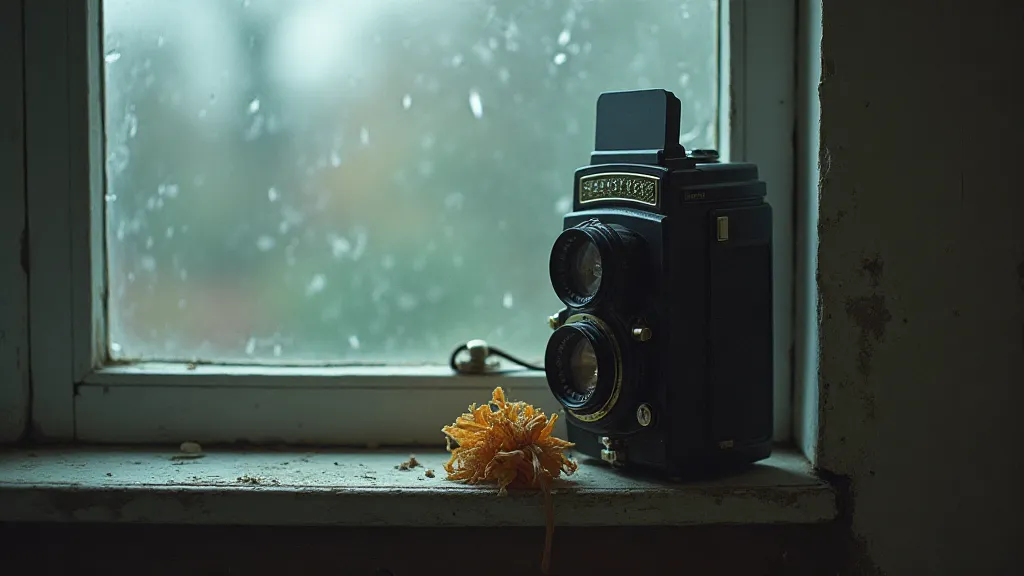
This shift has left behind a legacy of forgotten equipment, relics of a bygone era. While some have found their way into the hands of collectors and enthusiasts, many languish in attics and estate sales, their stories untold. Restoring these cameras isn't just about repairing a mechanical device; it’s about rescuing a piece of history, giving voice to the silent narratives they hold. It’s about preserving a tangible connection to the past, reminding us of the value of craftsmanship, patience, and the enduring power of the photographic image. The technical skills needed for restoration aren't trivial either; often involving intricate procedures like replacing light seals to ensure the camera functions correctly. Anyone looking to delve deeper into the practical side of restoration might find understanding and replacing light seals on vintage cameras a valuable resource.
Collecting, Restoring, Remembering
The appeal of antique cameras lies not only in their mechanical beauty but also in their ability to transport us to another time. Collecting them isn't simply about acquiring objects; it's about curating a collection of stories, a tangible link to the past. And when we restore them, we're not just fixing a machine; we're breathing new life into a forgotten piece of history.
Of course, restoration requires skill and patience. It's a meticulous process of cleaning, repairing, and replacing worn parts. But it's also a deeply rewarding experience – a chance to connect with the craftsmanship of a bygone era, to understand the intricacies of a complex machine, and to appreciate the artistry of photography. Many of the techniques involved have been lost to time, and require a significant amount of research and ingenuity to rediscover. Beyond the practical repairs, understanding the historical context is crucial for preserving the camera's integrity.
Furthermore, many antique cameras hold within them fragments of personal histories. The possibility of uncovering lost family archives, and finding connections to the past through photographs, is a compelling reason to collect and preserve these objects. Imagine the stories held within the faded prints of a forgotten family, or the narratives captured by a camera that documented a significant historical event. Exploring beyond the lens into forgotten family archives can be an incredibly rewarding experience.
The Enduring Legacy
The allure of antique cameras extends beyond their inherent beauty and historical significance. They represent a tangible link to an era of meticulous craftsmanship, deliberate artistic creation, and a deeper connection to the art of photography. While the digital revolution has undeniably altered the landscape of image capture, the enduring legacy of film cameras remains a testament to the power of analog technology and the human desire to create lasting memories.
The meticulous processes involved in film photography fostered a level of engagement and appreciation that is often lacking in the digital age. Each photograph was a deliberate act, a considered composition, and a tangible piece of history. While digital photography offers unparalleled convenience and accessibility, the deliberate nature of film photography fostered a unique connection between the photographer and the subject, resulting in images that are often imbued with a depth and character that are difficult to replicate digitally.
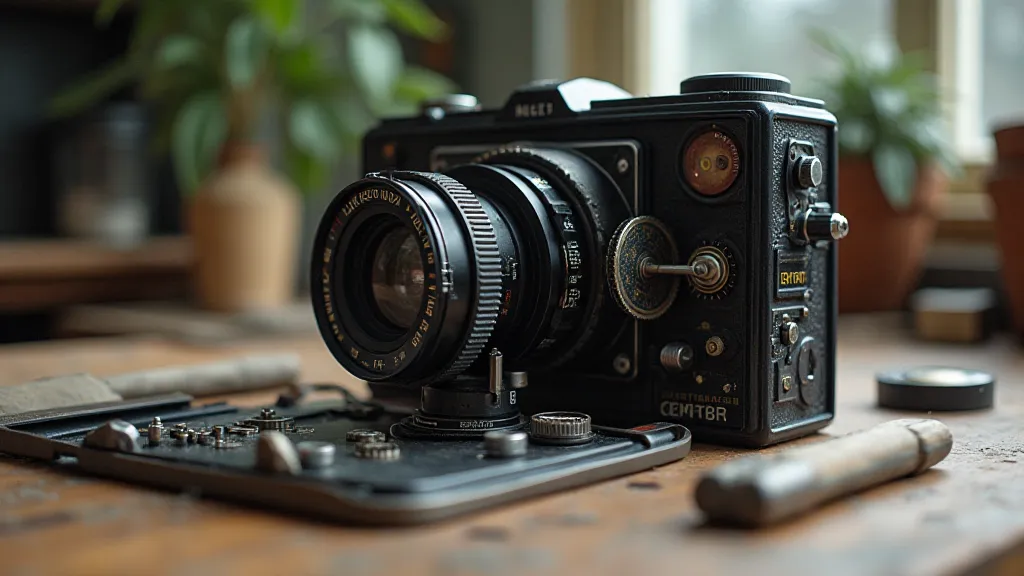
As we continue to embrace technological advancements, it is important to remember and celebrate the enduring legacy of these remarkable machines. They serve as a reminder of the human ingenuity, the dedication to craftsmanship, and the profound connection that exists between photography and the human experience. By preserving these artifacts and sharing their stories, we can ensure that their echoes continue to resonate through the ages, inspiring future generations of photographers and preserving a vital piece of our cultural heritage.
